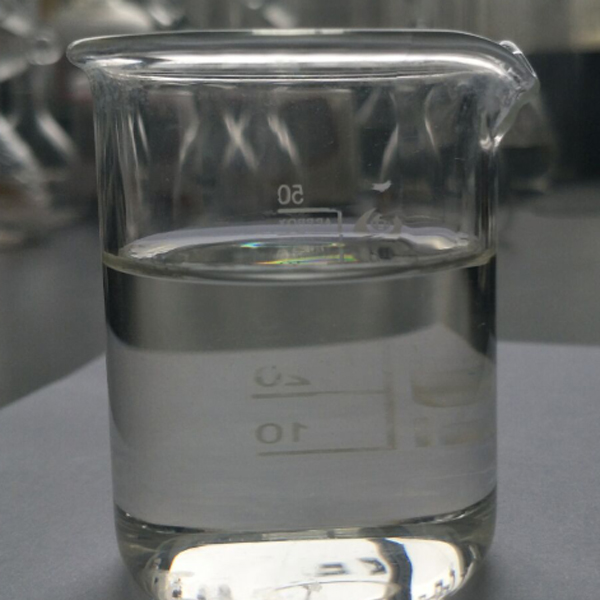
News
Set . 10, 2024 02:21 Back to list
EDTA Acid
Understanding EDTA The Versatile Chelating Agent
EDTA, or ethylenediaminetetraacetic acid, is a synthetic compound that has garnered significant attention in various fields due to its unique properties as a chelating agent. Since its discovery in the 1950s, this versatile molecule has played a crucial role in chemistry, medicine, agriculture, and environmental science. Understanding EDTA’s structure, functions, and applications can provide insight into its importance in modern science.
Structure and Properties
EDTA is composed of a central ethylenediamine moiety, flanked by four carboxylic acid groups. This unique structure enables it to effectively bind to metal ions, forming stable complexes. The ability to sequester metal ions is paramount to its function; EDTA can tie up essential and non-essential metals such as calcium, magnesium, lead, and iron. This chelating ability prevents these metals from participating in chemical reactions or forming harmful precipitates, which can be beneficial in various applications.
Applications in Medicine
One of the most significant uses of EDTA is in the medical field, particularly in the treatment of heavy metal poisoning. EDTA can bind to toxic metals like lead and mercury, facilitating their excretion from the body. This treatment is crucial for individuals exposed to heavy metals, as it helps to mitigate long-term health effects. Moreover, EDTA is also used in some cases to improve cardiovascular health by chelating excess calcium in the blood, thereby reducing arterial calcification.
edta acid

Utilization in Agriculture
In agriculture, EDTA is commonly employed as a micronutrient chelator. Farmers use it to supply essential trace elements, such as iron, zinc, and manganese, to crops. These elements are vital for plant growth and development, but they often exist in forms that are not readily absorbed by plants. By forming a stable complex with these metals, EDTA enhances their bioavailability, leading to healthier and more productive crops. This application has become increasingly important in sustainable agriculture practices, as it maximizes nutrient efficiency and reduces environmental impact.
Environmental Remediation
EDTA's properties also lend themselves to environmental clean-up efforts. It can effectively mobilize metal contaminants from soils and sediments, facilitating their removal or stabilization. This process, known as phytoremediation, utilizes plants that have a natural affinity for heavy metals, along with EDTA, to extract and detoxify contaminated environments. By integrating EDTA into bioremediation strategies, researchers are paving the way for innovative solutions to combat pollution.
Conclusion
EDTA is an invaluable tool across multiple disciplines, from medicine to agriculture and environmental science. Its ability to bind metal ions makes it essential for promoting health, supporting sustainable farming, and addressing environmental challenges. As research continues to unveil new applications and methods for utilizing this chelating agent, EDTA’s role in enhancing our quality of life and protecting the planet will only become more pronounced. Understanding and leveraging the properties of EDTA can lead to significant advancements in technology and science, making it a compound worth studying and appreciating.
-
Polyaspartic Acid Salts in Agricultural Fertilizers: A Sustainable Solution
NewsJul.21,2025
-
OEM Chelating Agent Preservative Supplier & Manufacturer High-Quality Customized Solutions
NewsJul.08,2025
-
OEM Potassium Chelating Agent Manufacturer - Custom Potassium Oxalate & Citrate Solutions
NewsJul.08,2025
-
OEM Pentasodium DTPA Chelating Agent Supplier & Manufacturer High Purity & Cost-Effective Solutions
NewsJul.08,2025
-
High-Efficiency Chelated Trace Elements Fertilizer Bulk Supplier & Manufacturer Quotes
NewsJul.07,2025
-
High Quality K Formation for a Chelating Agent – Reliable Manufacturer & Supplier
NewsJul.07,2025
